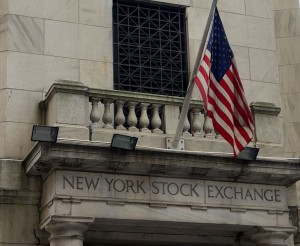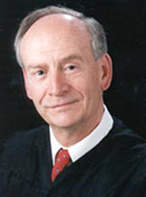The Power of Process: Two Test Cases for the Great Lakes Compact
 Process, in its various forms, is foundational to our legal system. Water law is no exception. For thousands of years, transboundary waters have been the root of conflict and even war. A recent report commissioned by the State Department concluded that many more such disputes are likely in the future. The Great Lakes Compact, a binding regional agreement between Illinois, Indiana, Michigan, Minnesota, New York, Ohio, Pennsylvania, and Wisconsin, has so far at least provided an interesting counter-example to this trend, in large part because the signatories were able to agree on a common decision-making process.
Process, in its various forms, is foundational to our legal system. Water law is no exception. For thousands of years, transboundary waters have been the root of conflict and even war. A recent report commissioned by the State Department concluded that many more such disputes are likely in the future. The Great Lakes Compact, a binding regional agreement between Illinois, Indiana, Michigan, Minnesota, New York, Ohio, Pennsylvania, and Wisconsin, has so far at least provided an interesting counter-example to this trend, in large part because the signatories were able to agree on a common decision-making process.
In many ways, in fact, the Compact is a process-driven document. Substantively, it generally prevents new or increased diversions of Great Lakes water outside the Great Lakes Basin. Member states must use a common, consistent decision-making standard to evaluate proposed uses of Basin water in their jurisdictions. Some more controversial proposals, such as diversions of water to communities in “straddling” counties (more on this later) are subject to a regional review process requiring unanimous consent of the member states. The Compact’s ultimate impact will not be known for years to come, but two early Wisconsin test cases provide interesting data points demonstrating how the process works on both state and regional levels.


